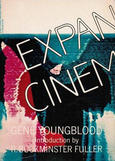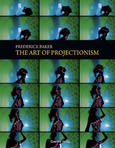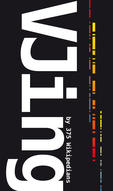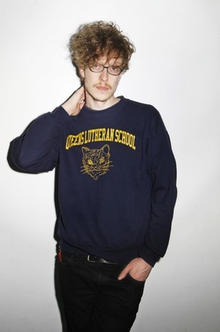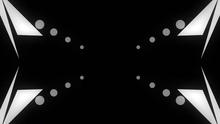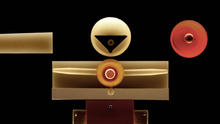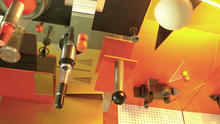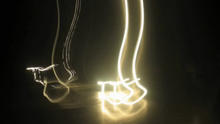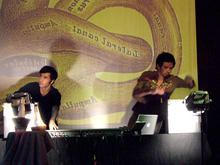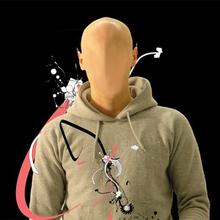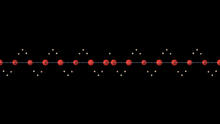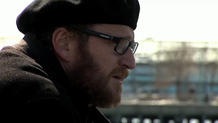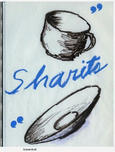Basement Jaxx: Where's Your Head At
(2009)by Max Hattler is the film festival version of a commission for British dance duo Basement Jaxx. During their concerts, the film is shown on a 7x2 meter LED screen behind the band.
The concept of the film is based on the grid structure of the screen itself. The LED screen is made up of 60 square panels, four rows of 15. Each of the blocks that make up the screen becomes a tile in the overall picture, a pixel in the construction of the visual narrative.
Source: Max Hattler
... an arena abstraction for Basement Jaxx ... Old school video games and '80s video walls inspired Max Hattler's visuals for Where's Your Head At... Rather than treat the display as one fluid screen, he took advantage of the grid's '80s video wall look and designed flat, two-dimensional visuals that resemble old school video games such as Tetris.
Source: 'boards
